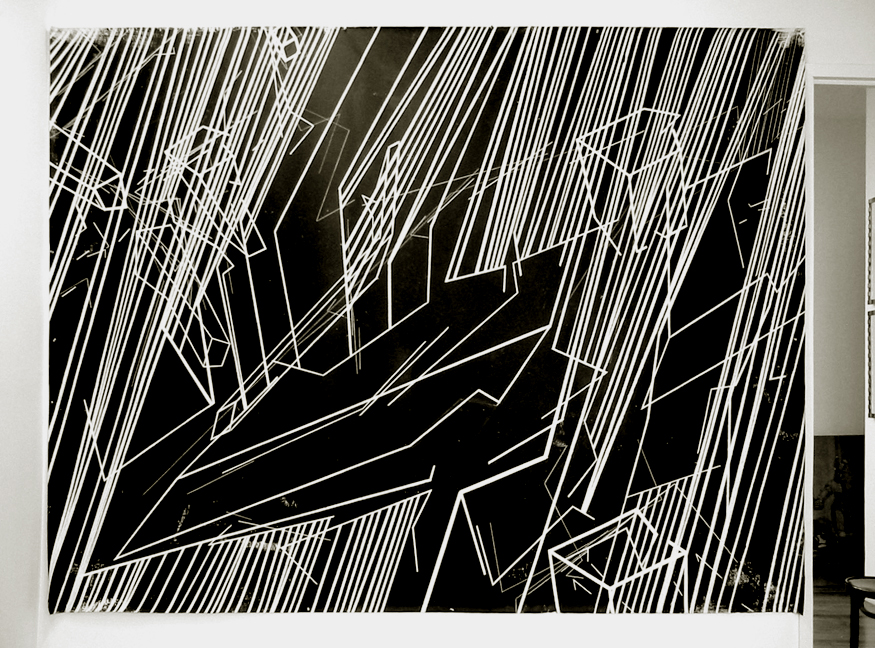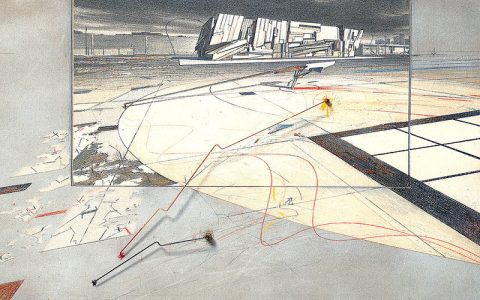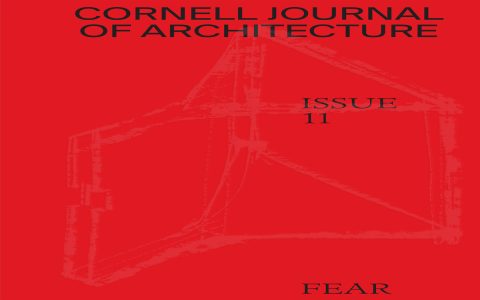Lebbeus Woods (1940–2012) was an American architect and artist renowned for his experimental and highly influential drawings. His work primarily exists in the realm of theoretical and conceptual architecture, rarely intended for actual construction but rather as potent explorations of architectural possibilities in extreme socio-political or environmental conditions.
Key Characteristics of Woods' Drawings
Woods' drawings are distinguished by several core attributes:
- Theoretical Exploration: They are not blueprints for buildings but visual manifestations of complex ideas about space, society, and the human condition. He used drawing as a primary mode of architectural research and speculation.
- Crisis and Transformation: A recurring theme is architecture in response to or emerging from crisis – war, natural disasters, political upheaval. His drawings often depict structures that are fractured, parasitic, or in a state of dynamic flux, suggesting resilience and adaptation.
- Complex Geometries: Woods employed intricate, often non-Euclidean geometries, creating dynamic and unsettling spatial experiences. His forms are frequently characterized by sharp angles, intersecting planes, and a sense of instability.
- Detailed and Labor-Intensive: His drawings are known for their meticulous detail and masterful draftsmanship, typically executed in pencil, ink, and occasionally with color. The intensity of the drawing process itself seems to mirror the intensity of the concepts explored.
- Narrative Quality: While abstract, many series of drawings possess a narrative quality, suggesting unfolding events or speculative scenarios within his imagined worlds. Titles of works and series often hint at these underlying stories.
Themes and Subjects
Common subjects in Lebbeus Woods' drawings include:

- War-torn Cities: He famously created speculative projects for cities like Sarajevo during the Bosnian War (e.g., "War and Architecture" series), envisioning architecture as a tool for healing and resistance.
- Free Zones and Heterarchies: Woods explored concepts of ungoverned spaces and non-hierarchical social structures, manifested in architectural forms that challenge conventional notions of order and control.
- The Experimental Nature of Space: His drawings often push the boundaries of what architecture can be, proposing spaces that are adaptable, mobile, or even self-generating.
- The "Radical Reconstruction" of Existing Structures: He often imagined interventions that would radically alter or attach to existing buildings and urban fabrics, creating new hybrid forms.
Medium and Style
Woods primarily worked with graphite pencil and ink on paper or Mylar. His style is characterized by:
- Precise Linework: Despite the often chaotic appearance of the overall composition, individual lines are rendered with precision.
- Dynamic Compositions: His drawings convey a strong sense of movement, tension, and energy.
- Textural Richness: Through shading and hatching, Woods achieved a remarkable depth and texture in his monochrome works.
In essence, Lebbeus Woods' drawings are profound visual essays that challenge conventional architectural thought. They serve as critical tools for imagining alternative futures and questioning the role of architecture in a complex and often turbulent world. His legacy lies in his unwavering commitment to architecture as a critical, intellectual, and artistic practice, conveyed powerfully through the medium of drawing.







